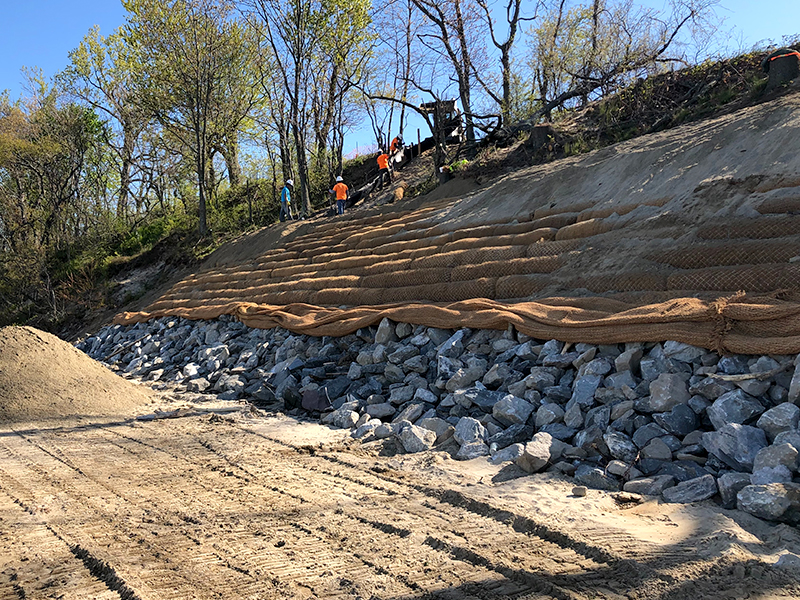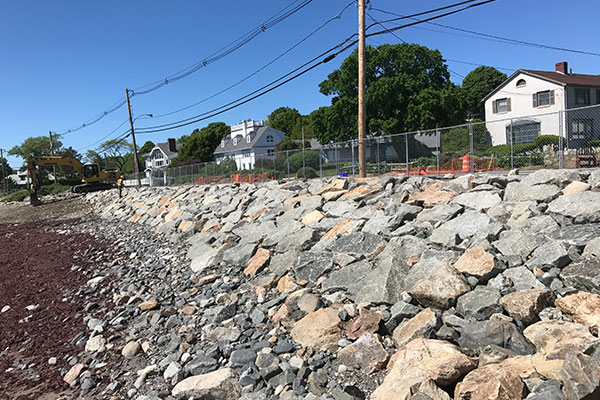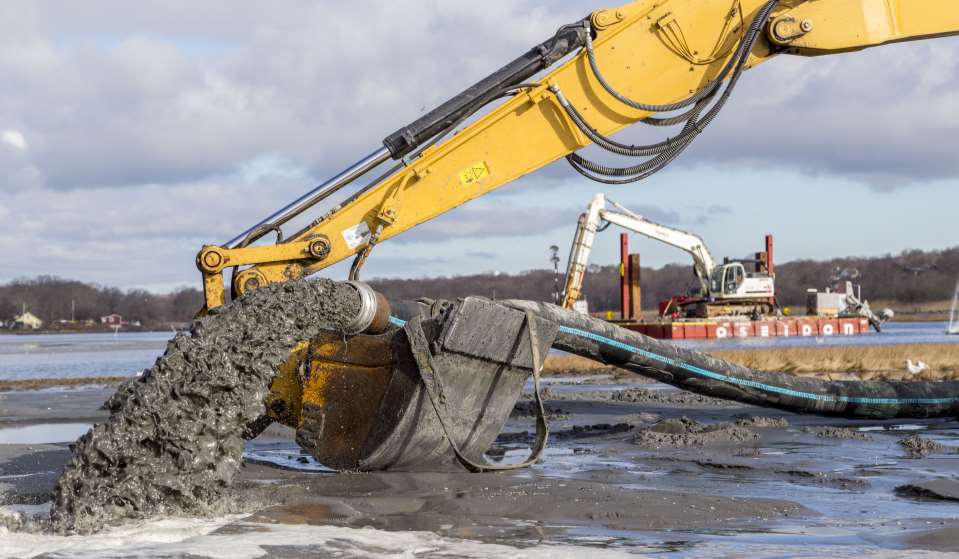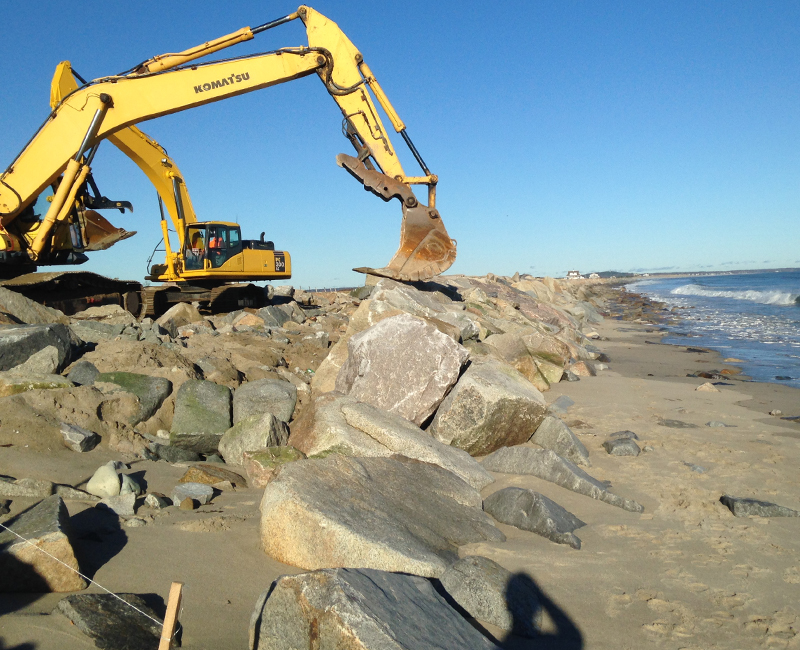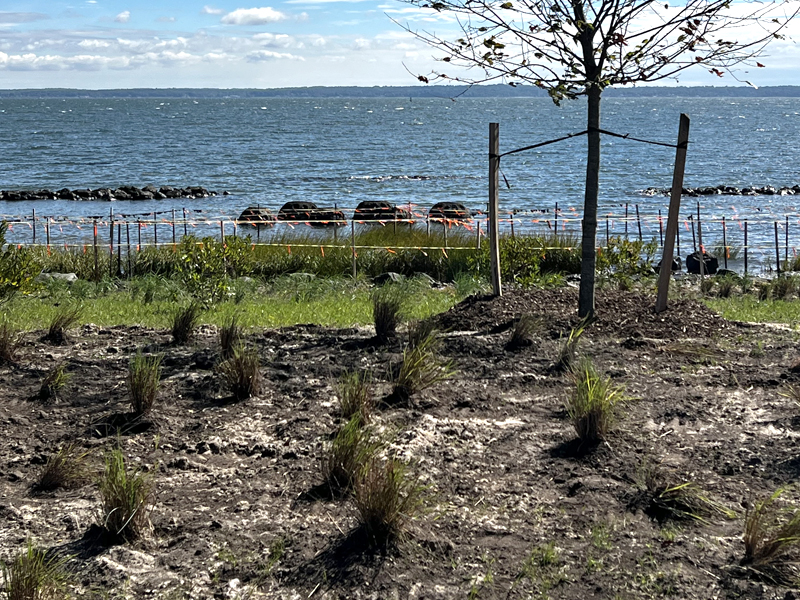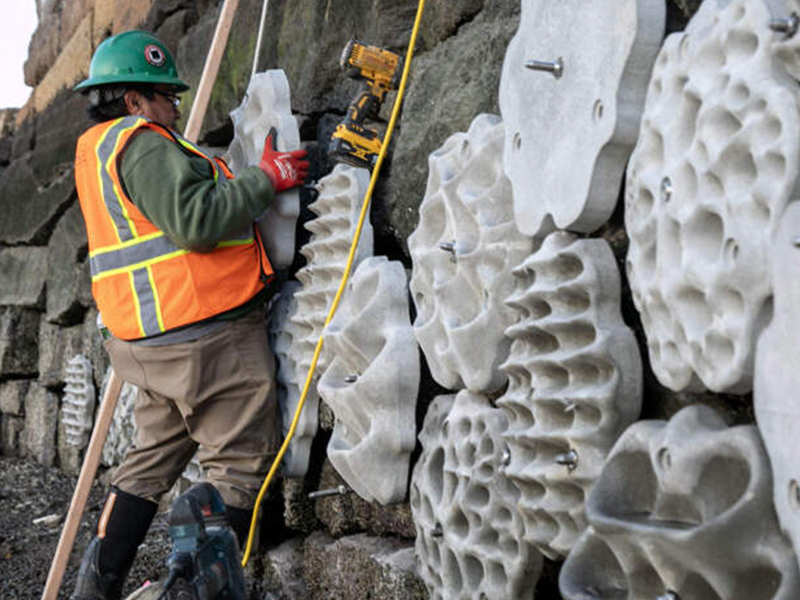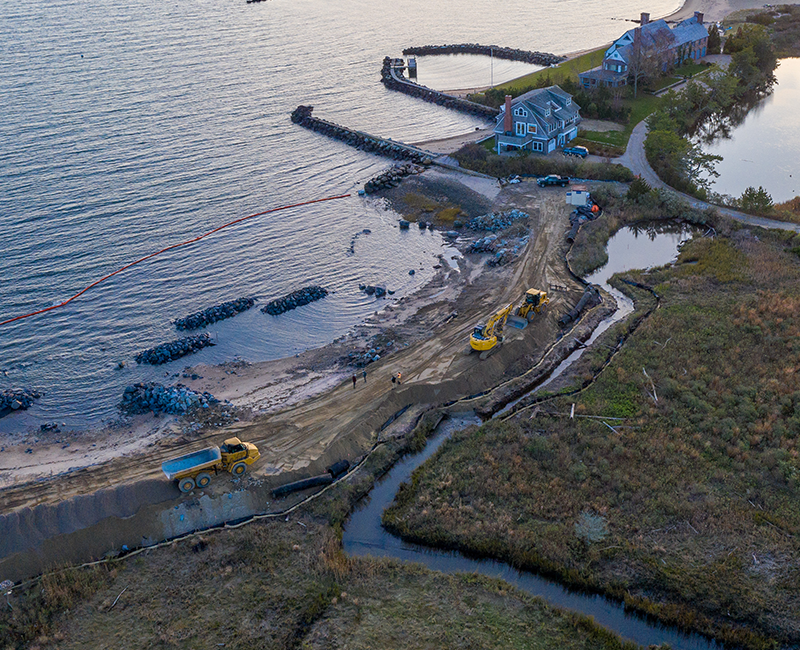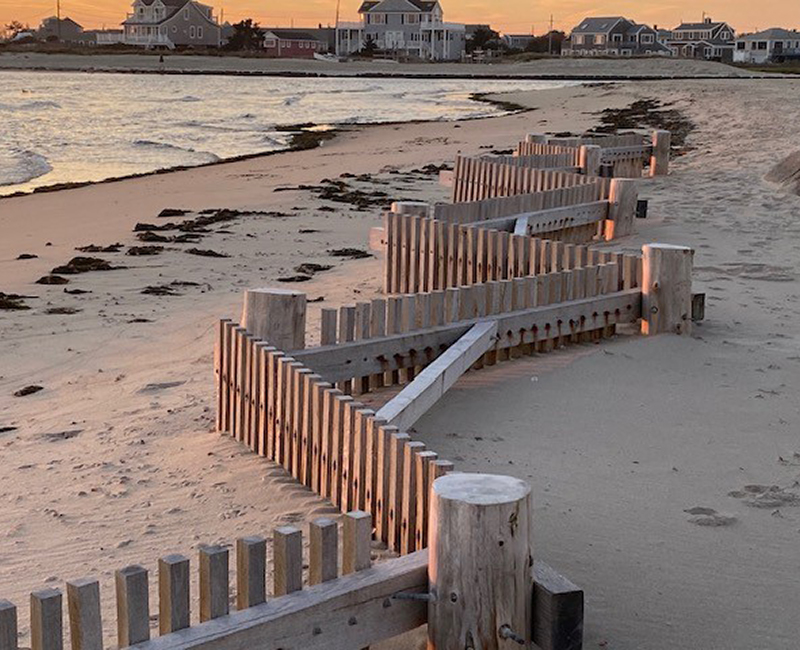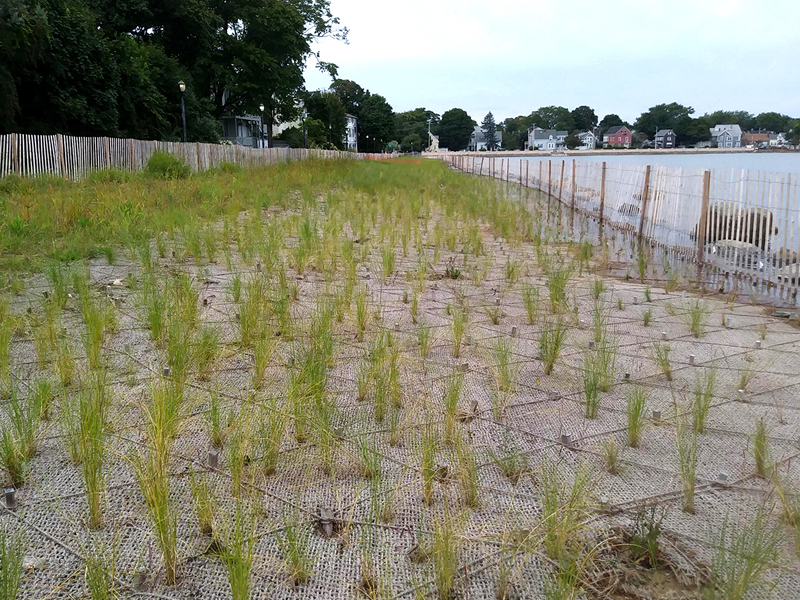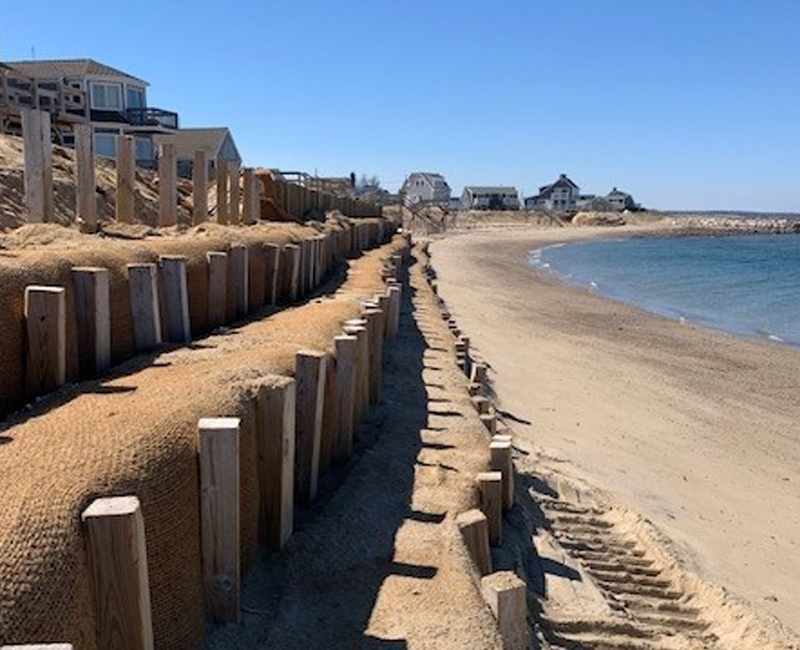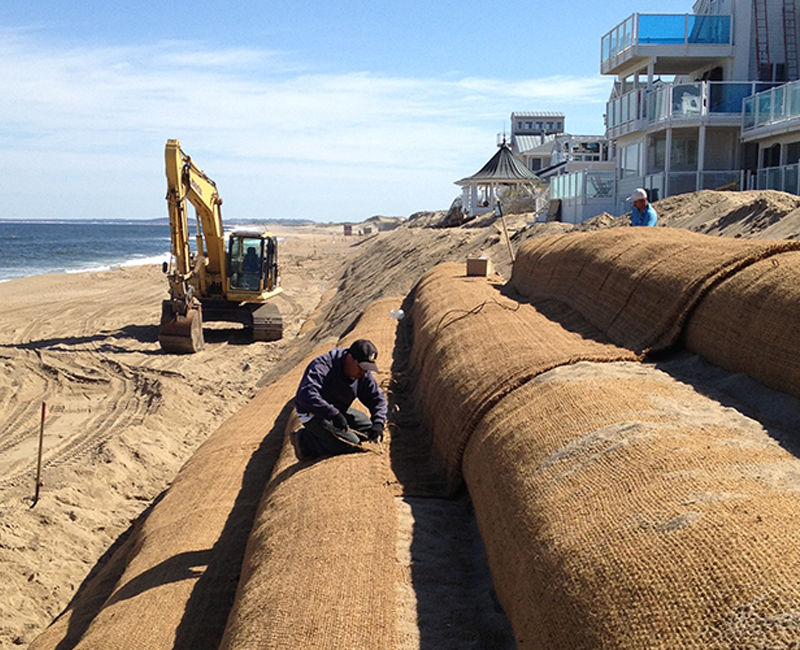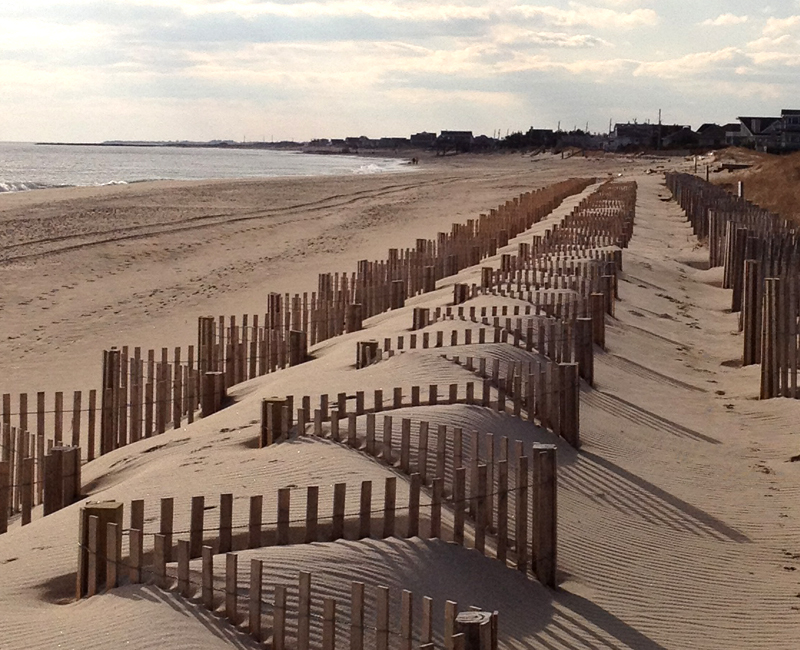
Residential Coastal Protection – Sandwich, MA
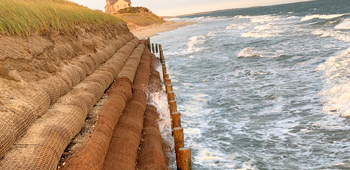
COASTAL STABILIZATION

Living Shorelines
Bioengineered Solutions
Dune Restoration & Beach Nourishment
Sea Walls & Revetments
Coastal protection has been around for many decades. It is not a new concept. What is new, however, are the types of solutions that are now allowed by regulatory authorities. Below are some Coastal Resilience techniques that our team is implementing along the New England Coastline.

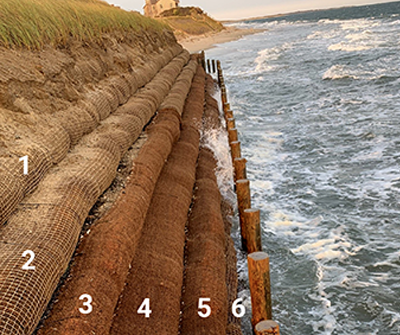

Our Coastal Stabilization Work

